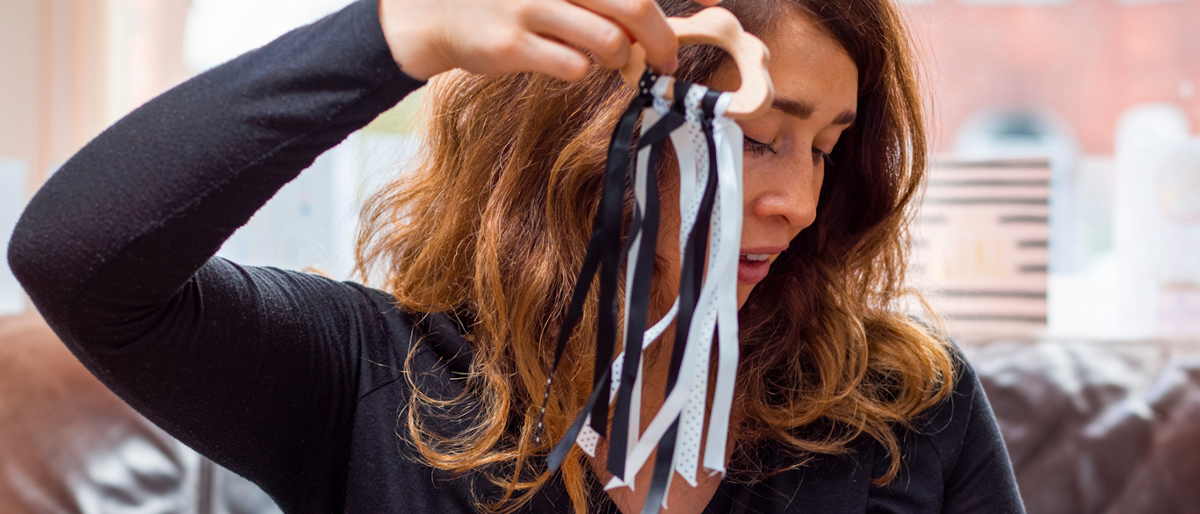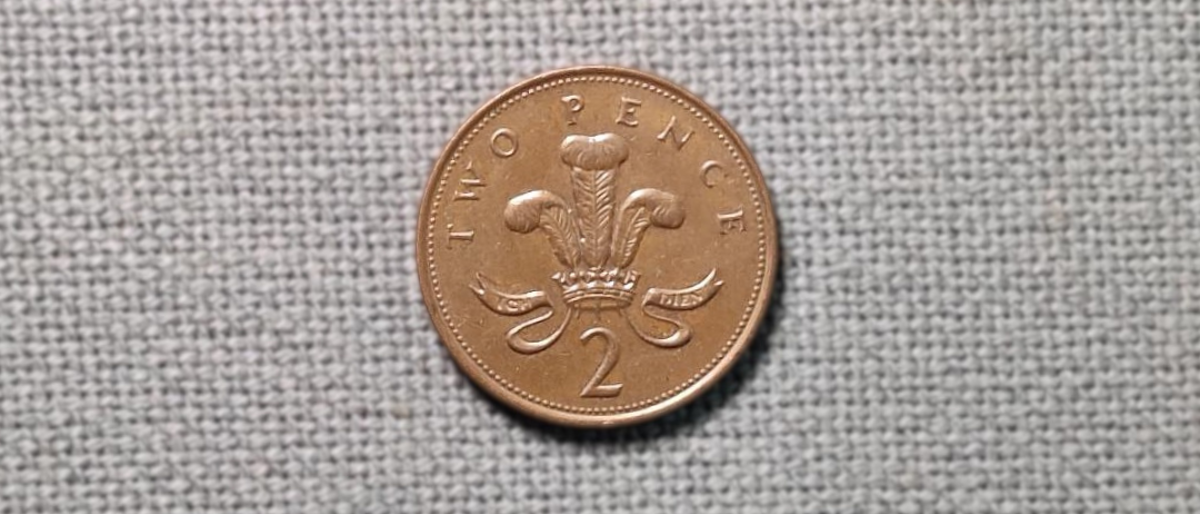Toy safety
- 0-1 Years
- 1-5 Years
- 5-11 Years
- 11-19 Years
- SEND
- Child development and growing up
- Staying safe and accident prevention
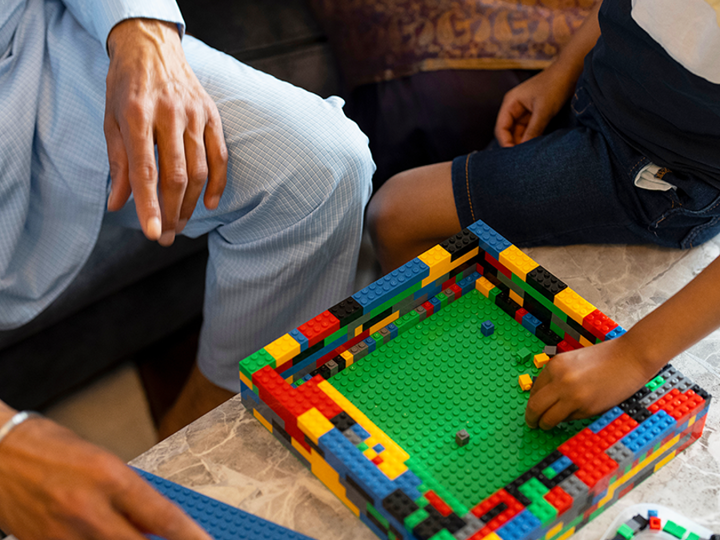
Toys are great for learning skills at all ages. It is important to know that the toys your child is playing with are safe.
Explore the topics on this page:
Toy regulations
In the UK, we have rules and regulations for toys. They reduce the health and safety risks of toys to children.
All toys should have either the CE mark or the UKCA mark. This means that they can be sold legally in the UK. The UKCA and CE markings must be easily seen, easy to read and hard to remove. Be wary if the markings are hard to read or easy to remove.
CE marking - The toy meets EU safety, health or environmental requirements. It shows that the toy complies with EU regulations.
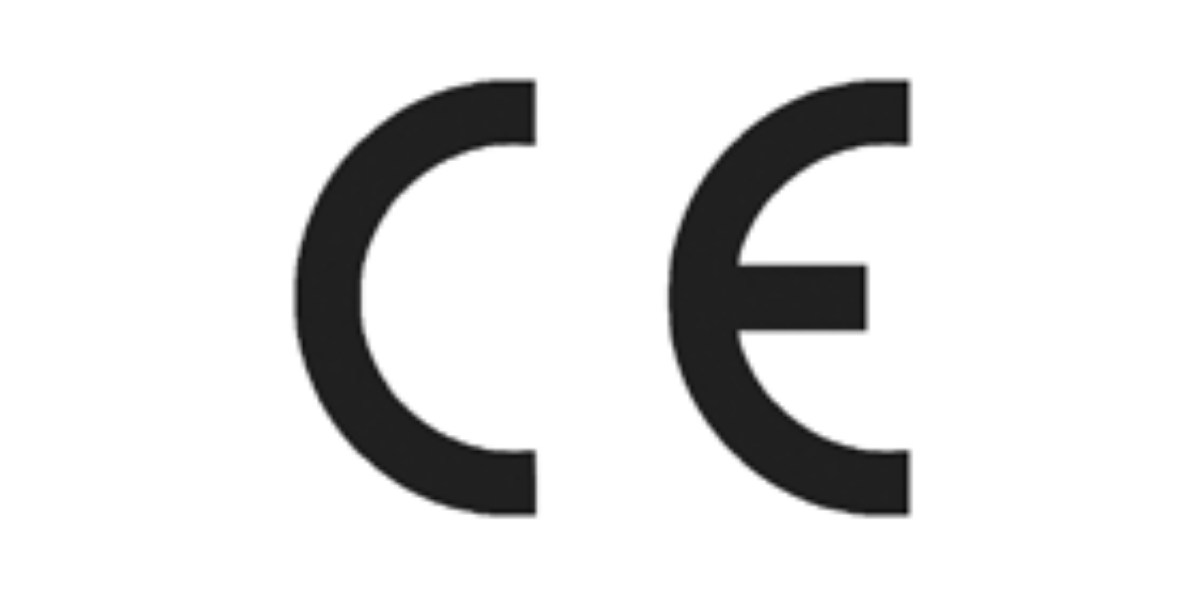
UKCA (UK Conformity Assessed) marking - The toy meets UK safety, health or environmental requirements. It shows that the toy complies with UK regulations.
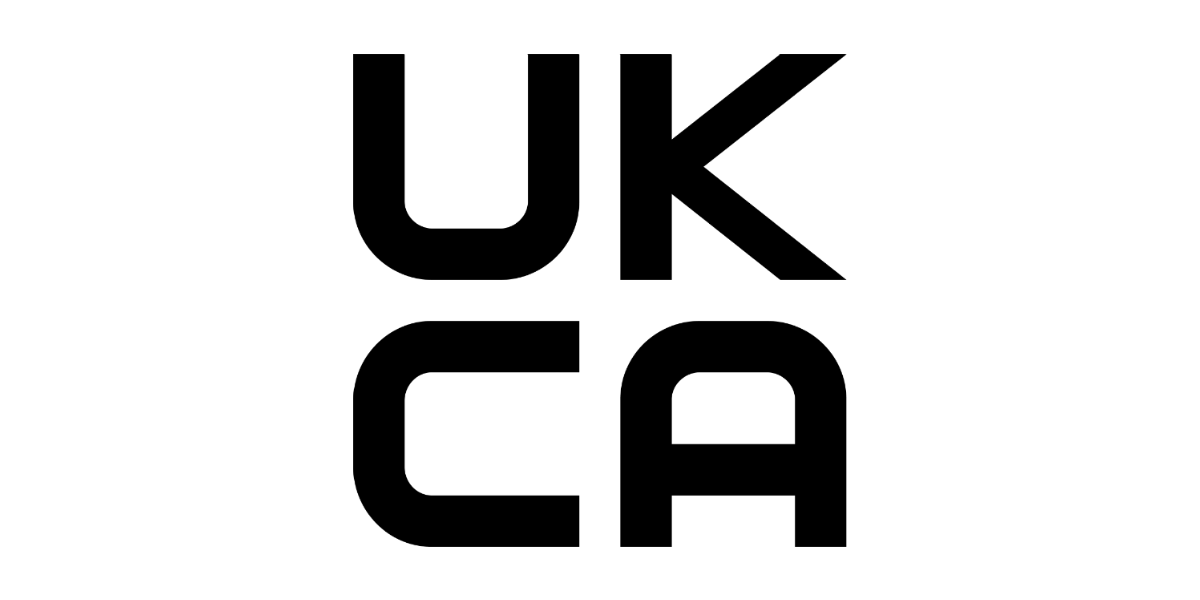
Lion marking - The toy was made by a member of the British Toy and Hobby Association (BTHA). It shows the manufacturer goes above and beyond the UK regulations. It shows they follow the best practice guidelines for marketing, safety and manufacturing.
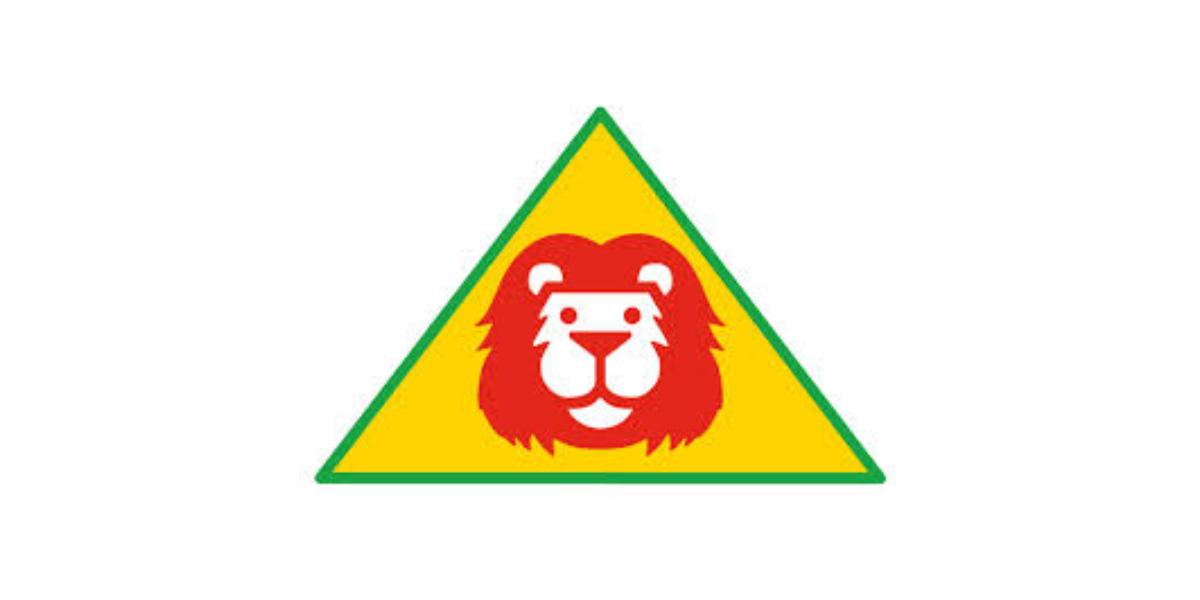
British Standards Institution (BSI) Kitemark - The toy was independently and repeatedly tested by BSI experts.
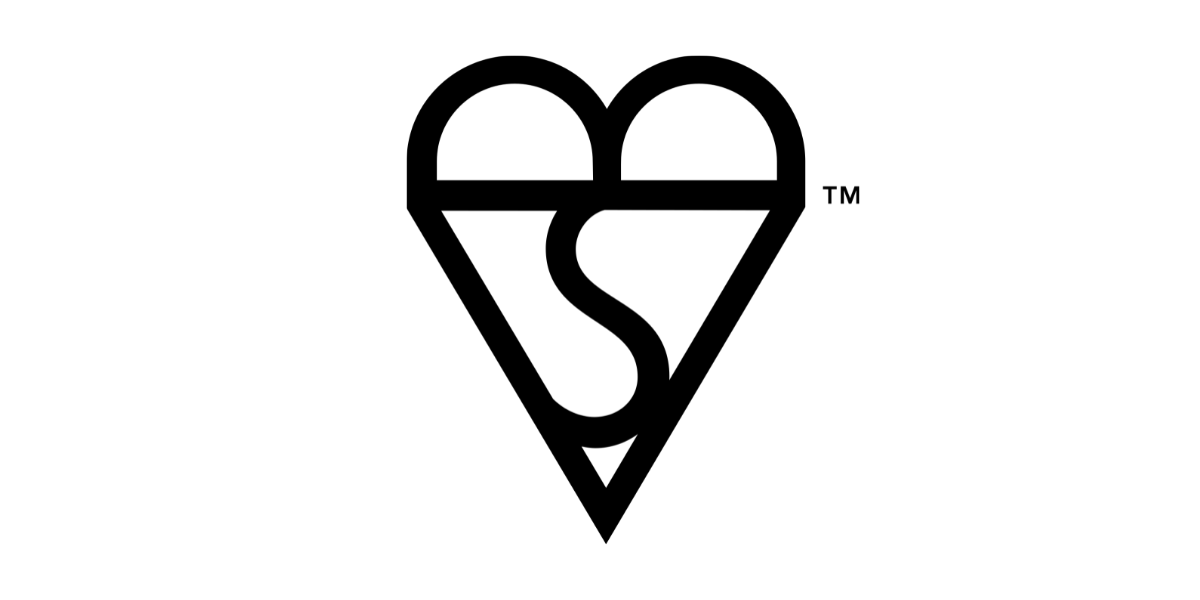
Age warning symbol - The toy is not suitable for certain ages. It is a warning, not a recommendation. There will be more information on the risks next to the symbol or inside the toy packaging.
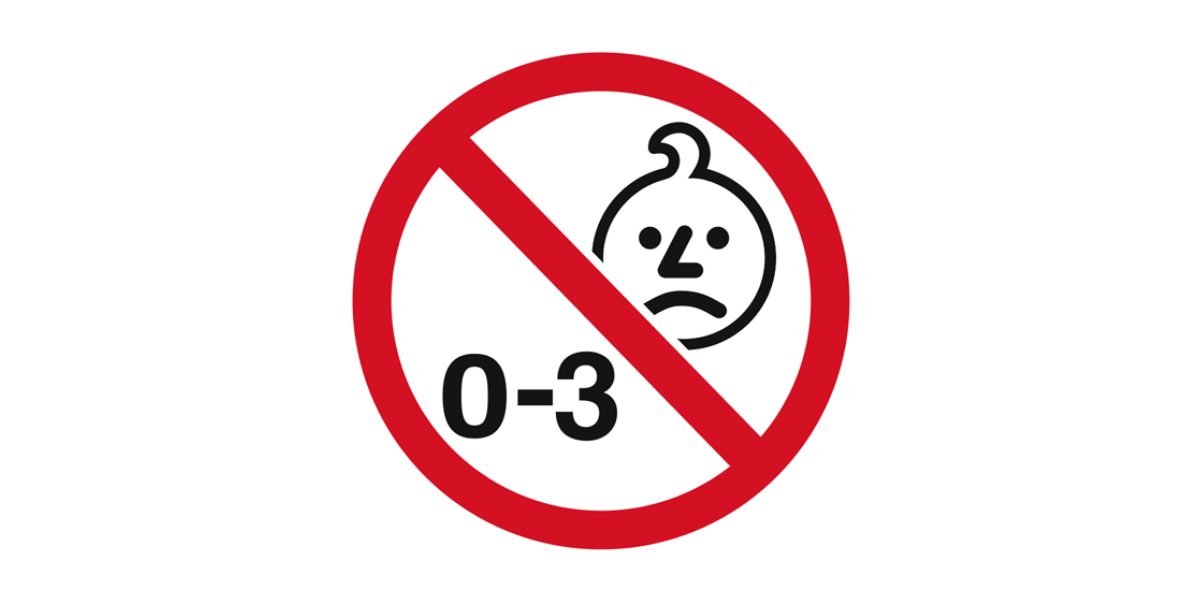
Unsafe toys
Toys can be found in lots of places, from your home to the hospital waiting room. It is important to make sure that the toys your baby, child or young person is playing with are safe.
It is important to think about your child's age and development before giving them a toy. There are toys are not suitable for children under a certain age. Some toys can be dangerous to babies and toddlers. Babies and toddlers explore the world through their mouth and hands. They can swallow or touch things that they shouldn't.
If you have children of different ages and abilities, keep unsuitable toys out of reach.
Supervise your baby, toddler or young child as they play. Follow any instructions that come with the toy. This will make sure they are safe as they play with it.
There are many ways toys can be unsafe.
How to buy safe toys
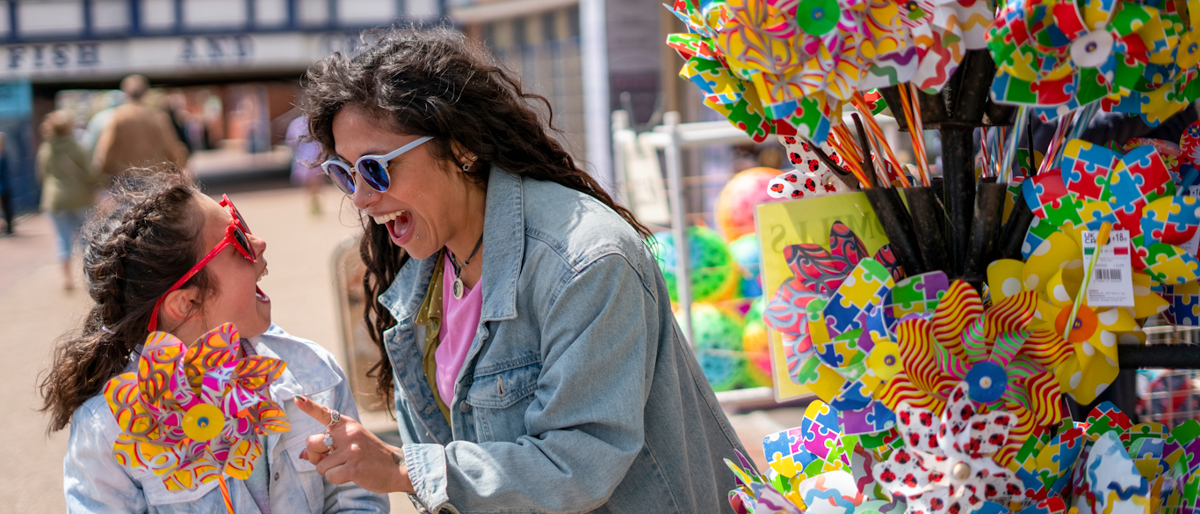
Many people assume that if they can buy a toy, it must be safe. Sadly, this is not true.
A 2024 report by the British Toy and Hobby Association found 85% of the toys bought from online marketplaces have serious safety issues. The amount of unsafe toys you can buy online is growing.
When buying new toys you should check the packaging and the toy itself.
Packaging
If the toy has packaging, check there is a:
- CE or UKCA mark on the packaging
- UK address on the packaging
Toys
Check the toy for:
- faults or damage
- easily detachable parts
- batteries or magnets are not easy to get to
Check toys regularly
Toys can wear and break from play. It is important to regularly check toys are still safe to use. You can also check the toys your child plays with outside your home. This includes playgroups, group activities and family members homes.
Check for:
- cracks or breaks in the plastic
- sharp edges or sharp points from broken plastic or worn plastic
- rips or tears in fabric
- loose small parts that can be easily swallowed
- stuffing or filling material falling out of the toy
- secure battery compartments, make sure they are still secure
- magnets, make sure they are still securely in place

If the toy is broken, throw it away. Do not donate it to a charity shop or sell it. If the toy is your child's favourite toy, get it properly repaired.
Last reviewed: 29 July, 2025

